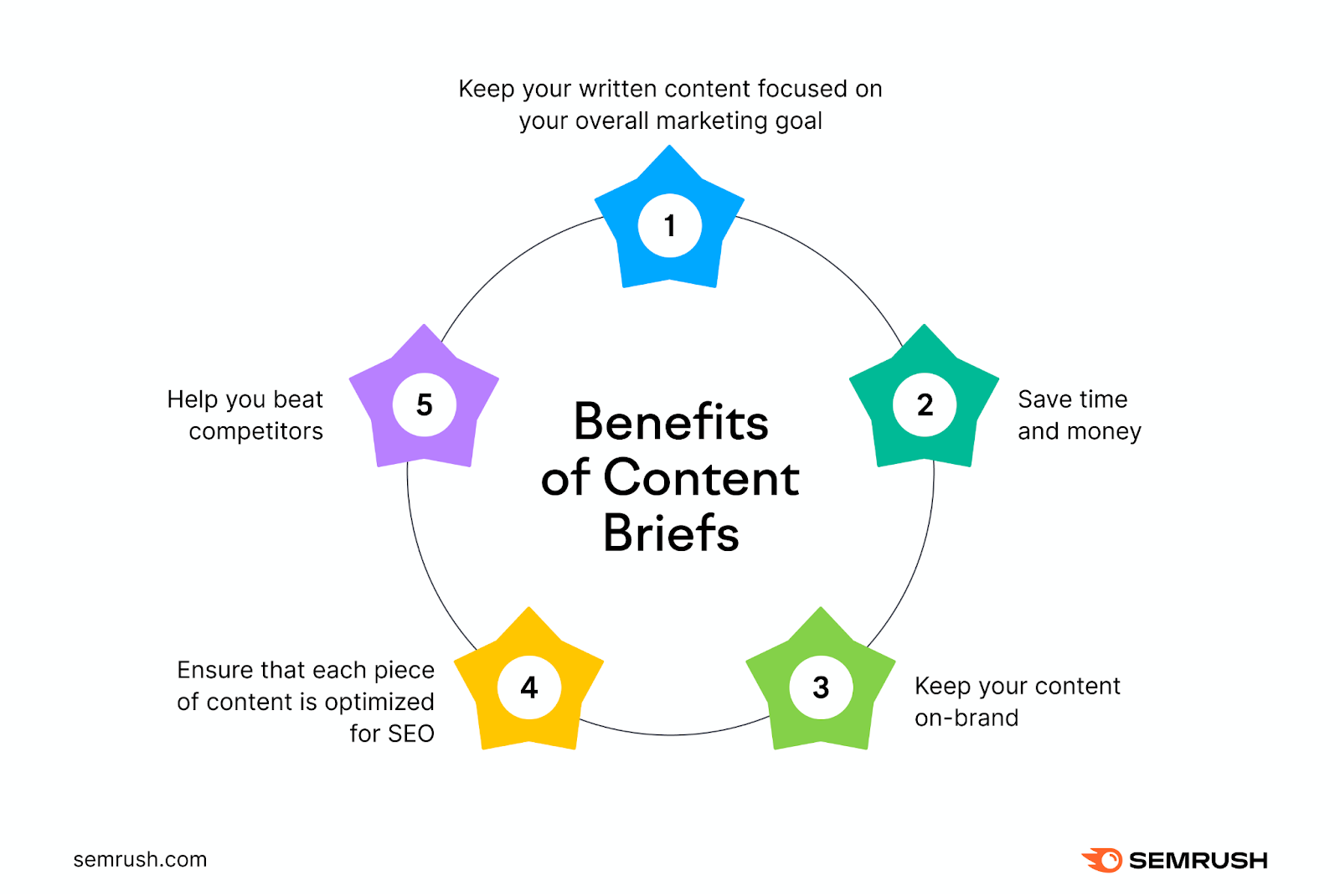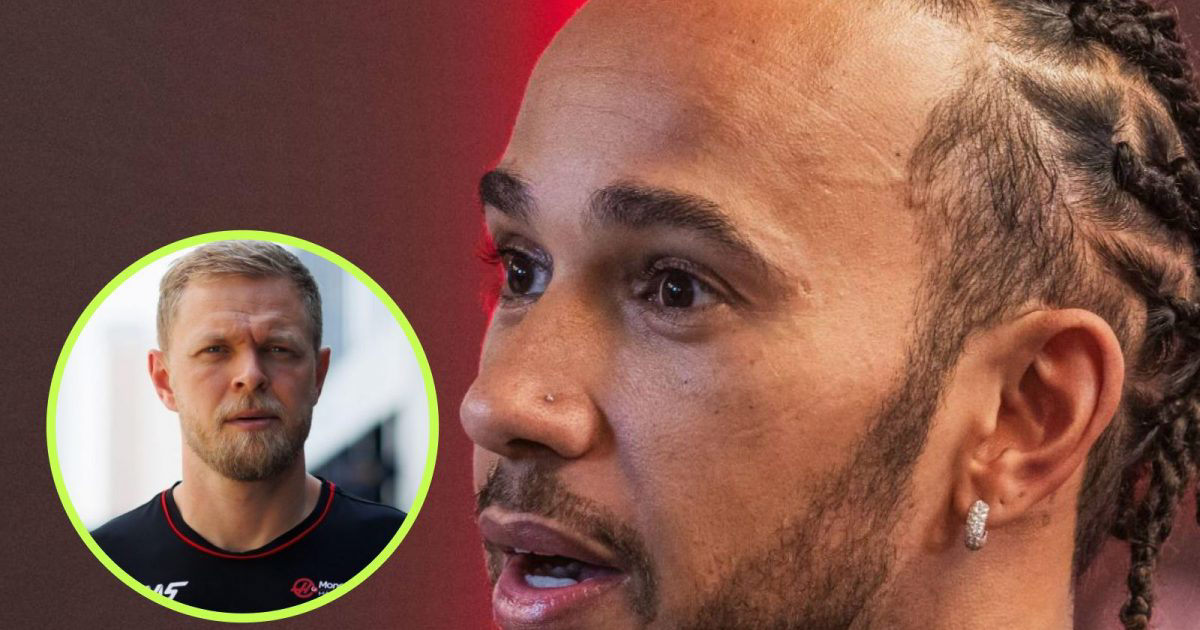How To Write Effective Briefs: A Step-by-Step Guide For Professionals

Table of Contents
This article will cover the crucial steps involved in creating effective briefs, from defining your objectives and identifying your audience to structuring your brief for clarity and ensuring thorough review and refinement. Mastering the art of writing effective briefs will significantly improve your communication, streamline workflows, and ultimately lead to better project outcomes.
Understanding the Purpose of Your Brief
Before you begin writing, it's crucial to understand the purpose of your brief. This involves clearly defining your objectives and identifying your target audience. A well-defined purpose is the cornerstone of any effective brief.
Defining Your Objectives
Clearly stating what you want to achieve is paramount. What specific information or action do you need from the recipient? Your objectives should be SMART: Specific, Measurable, Achievable, Relevant, and Time-bound.
- Example: "Develop a comprehensive marketing strategy for the new product launch by Q4 2024, resulting in a minimum 15% increase in brand awareness." This is a SMART objective.
- Example: "Design a user-friendly mobile app." This is too vague. A better objective would be: "Design a user-friendly mobile app with a completion rate of at least 90% for the on-boarding process by June 30th, 2024."
- Example: "Conduct market research on competitor X to identify their key strengths and weaknesses." This objective needs to be more specific. What specific aspects of Competitor X are you researching? What kind of data are you looking for?
Setting SMART goals ensures that everyone is working towards the same measurable outcomes, preventing misunderstandings and wasted effort. This is a critical element of creating effective briefs.
Identifying Your Target Audience
Who will receive and act on this brief? Designers, developers, marketing teams, executives – each audience requires a different level of detail and technical language.
- A brief for a design team might include detailed visual specifications and mock-ups.
- A brief for executive leadership might focus on high-level strategic objectives and key performance indicators (KPIs).
- Tailoring your communication style to your audience ensures the brief's information is easily understood and actionable.
Understanding your audience is crucial for writing effective briefs that resonate and produce the desired results.
Structuring Your Brief for Clarity and Impact
A well-structured brief is easy to navigate and understand. This section will guide you through the essential components and effective use of visual aids.
The Essential Components of an Effective Brief
A typical effective brief includes several key components:
- Project Overview: A concise summary of the project's goals and scope.
- Background: Contextual information relevant to the project.
- Objectives: The SMART goals that need to be achieved.
- Target Audience: Description of the intended audience for the project's deliverables.
- Deliverables: Specific outputs expected from the project.
- Timeline: Key milestones and deadlines.
- Budget: Allocated resources for the project.
- Key Stakeholders: Individuals or teams involved in the project.
- Contact Information: Details for communication and questions.
- Appendix (Optional): Supplementary materials such as research data or supporting documentation.
Each component plays a vital role in ensuring the brief's comprehensiveness and clarity.
Using Visual Aids
Visual aids significantly enhance understanding and engagement.
- Charts and graphs: Ideal for presenting data and trends.
- Images and mock-ups: Useful for illustrating concepts and designs.
- Flowcharts and diagrams: Effective for outlining processes and workflows.
Choose visuals appropriate to your information and audience, ensuring they are clear, concise, and professionally presented.
Writing Style and Tone
Clarity and conciseness are key. Use active voice and avoid jargon or technical terms unless your audience is highly specialized.
- Unclear: "The project will be finalized by the end of the quarter."
- Clear: "The project will be completed by December 31st."
Maintaining a professional and consistent tone helps ensure that your brief is easily understood and taken seriously.
Review and Refinement
Before finalizing your brief, thorough review and feedback are essential.
Proofreading and Editing
Check carefully for grammar, spelling, and punctuation errors.
- Use grammar and spell checkers.
- Read the brief aloud to catch inconsistencies.
- Ask a colleague to review the brief for clarity and accuracy.
A well-proofread brief demonstrates professionalism and attention to detail.
Seeking Feedback
Involve relevant stakeholders in the review process.
- Conduct a review meeting to discuss the brief.
- Send the draft to relevant parties for comments and suggestions.
- Incorporate feedback to ensure the brief meets the needs of all stakeholders.
This collaborative process ensures the brief is accurate, complete, and addresses all necessary considerations.
Conclusion
Writing effective briefs is crucial for successful project management. By defining clear objectives, identifying your target audience, structuring your brief logically, and incorporating visual aids, you can create a document that facilitates clear communication and efficient workflow. Remember the importance of thorough review and feedback to ensure accuracy and stakeholder alignment. Start writing more effective briefs today and transform your project management! Download our free template for effective briefs to get started now and elevate your project success rate. Master the art of writing effective briefs with our comprehensive guide – improve communication, save time, and achieve better project outcomes!

Featured Posts
-
 Brundle Uncovers Disturbing Details In Lewis Hamiltons Past
May 23, 2025
Brundle Uncovers Disturbing Details In Lewis Hamiltons Past
May 23, 2025 -
 Karate Kid Legends A Legacy Forged In Family Honor And Tradition
May 23, 2025
Karate Kid Legends A Legacy Forged In Family Honor And Tradition
May 23, 2025 -
 Hamas Duplicity Witkoff The Emissary Reveals Alleged Fraud
May 23, 2025
Hamas Duplicity Witkoff The Emissary Reveals Alleged Fraud
May 23, 2025 -
 Top Events This Week Cambridge And Somervilles Viva Central Hot Sauce Festival And Open Studios
May 23, 2025
Top Events This Week Cambridge And Somervilles Viva Central Hot Sauce Festival And Open Studios
May 23, 2025 -
 Eric Andre On Regretting A Real Pain Movie Role
May 23, 2025
Eric Andre On Regretting A Real Pain Movie Role
May 23, 2025
